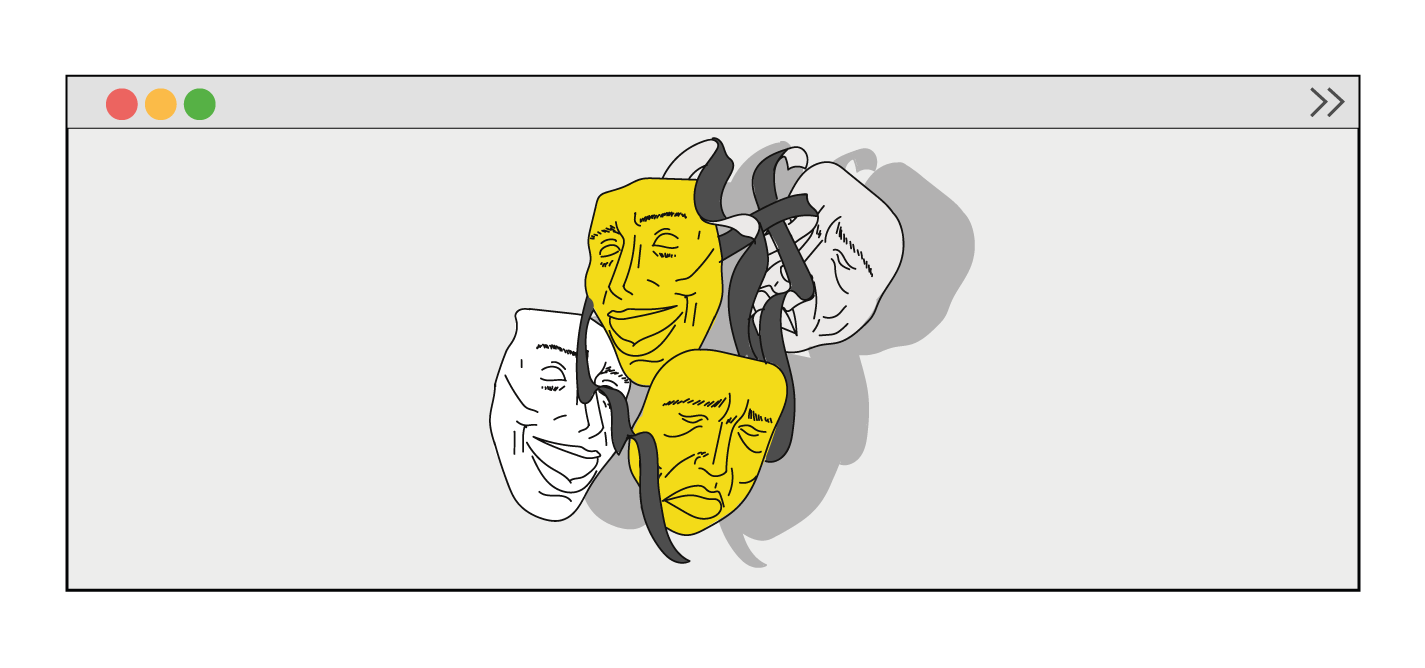
Is theater losing its identity?
Originality loses its meaning when we try to change it.
|01.02.2021
|
With the spread of the COVID-19 virus, cultural life was forced to find alternative ways to breathe.

Alban Goranci
Alban Goranci is an actor and a graduate of the Faculty of Arts at the University of Prishtina. He also studied Mass Communications and Journalism at AAB College.
This story was originally written in Albanian.